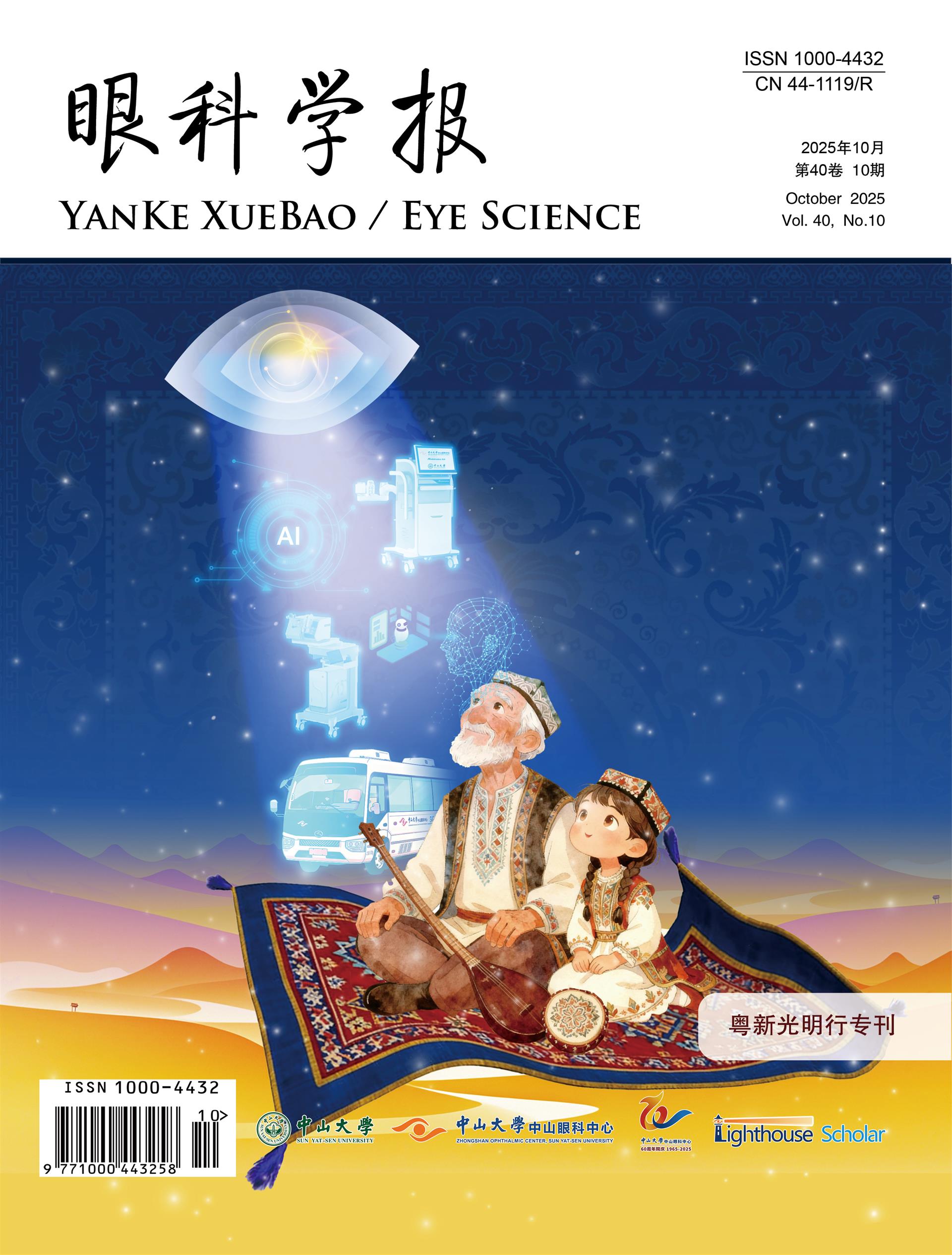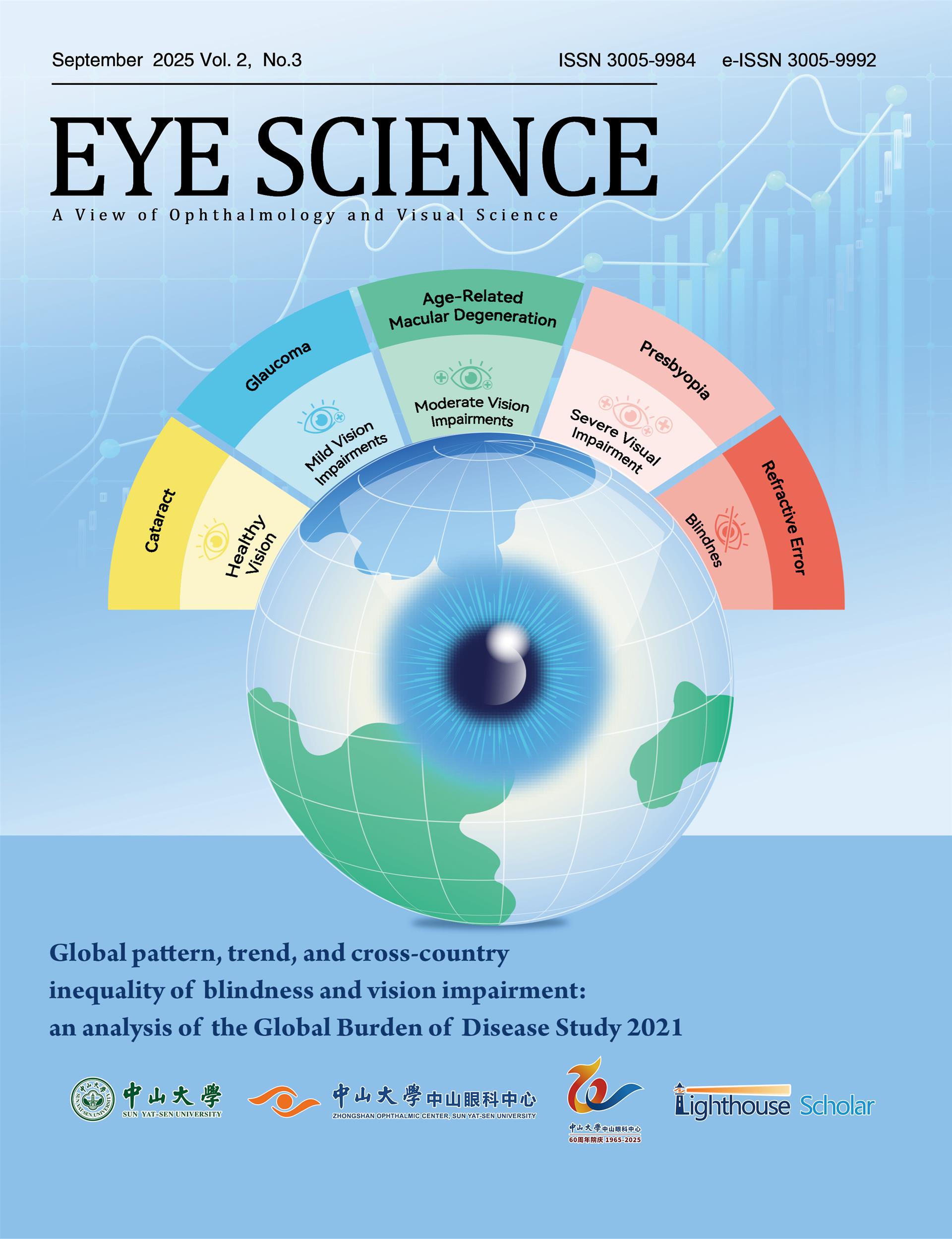Purpose: To explore the status of current global research, trends and hotspots in the field of lupus retinopathy (LR). Methods: Publications related to LR from 2003 to 2022 were extracted from the Web of Science Core Collection (WOSCC). Citespace 6.2.R4 software was used to analyze the raw data. Bibliometric parameters such as publication quality, countries, authors, international cooperation, and keywords were taken into account. Results: A total of 315 publications were retrieved. The annual research output has increased significantly since 2010, especially since 2017. Marmor MF, Lee BR, and Melles RB contributed the highest number of articles published on LR. The top three publishing countries were the USA, China, and UK. Stanford University, Hanyang University, and Harvard Medical School were the top three producing institutions in the world for LR research. The top ten commonly used keywords include the following: systemic lupus erythematosus, retinopathy, retinal toxicity, antimalarial, hydroxychloroquine, optical coherence tomography, antiphospholipid syndrome, microvascular, optic neuritis, optical coherence tomography angiography. The keywords "optical coherence tomography angiography" and "vessel density" have exploded in recent years. Conclusion: By analyzing the current body of LR literature, specific global trends and hotspots for LR research were identified, presenting valuable information to track cutting- edge progress and for future cooperation between various authors and institutions.

















